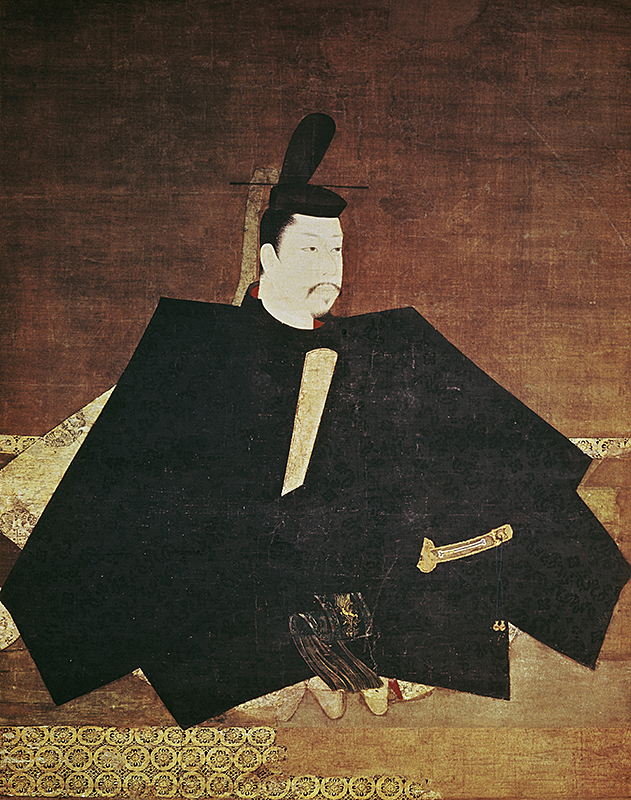Shogun << SHOH guhn >> was the title of the warrior rulers who led Japan from the late 1100’s to the mid-1800’s. The term shogun means great general in Japanese. The emperor of Japan first gave this title to officers sent to fight Indigenous (native) peoples in the northern frontier region late in the A.D. 700’s.

In 1192, the emperor gave the title shogun to the military leader Yoritomo of the Minamoto family. Yoritomo established a bakufu or shogunate (warrior government) in Kamakura. The Kamakura bakufu, which lasted until 1333, ruled on behalf of the imperial court at Kyoto.
The Ashikaga family, which was distantly related to the Minamoto family, overthrew the Kamakura bakufu. The Ashikaga family set up its own shogunate in the Muromachi district of Kyoto in 1338. The Ashikaga shoguns were weak and unable to maintain control. The end of their rule was marked by civil war within the warrior class, called samurai.
In 1603, Ieyasu of the Tokugawa family founded the most powerful bakufu, in Edo (now Tokyo). Tokugawa authority lasted until 1867, when the shogun resigned and returned his powers to the emperor.
